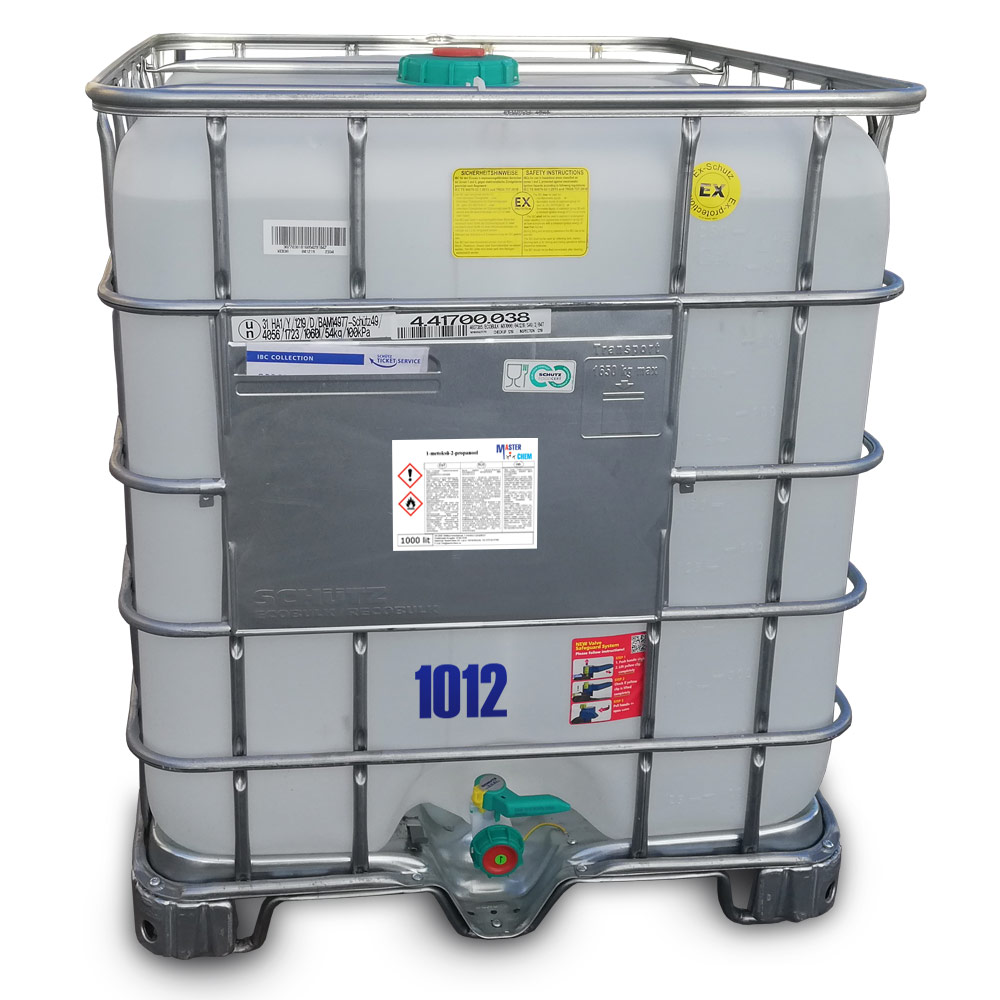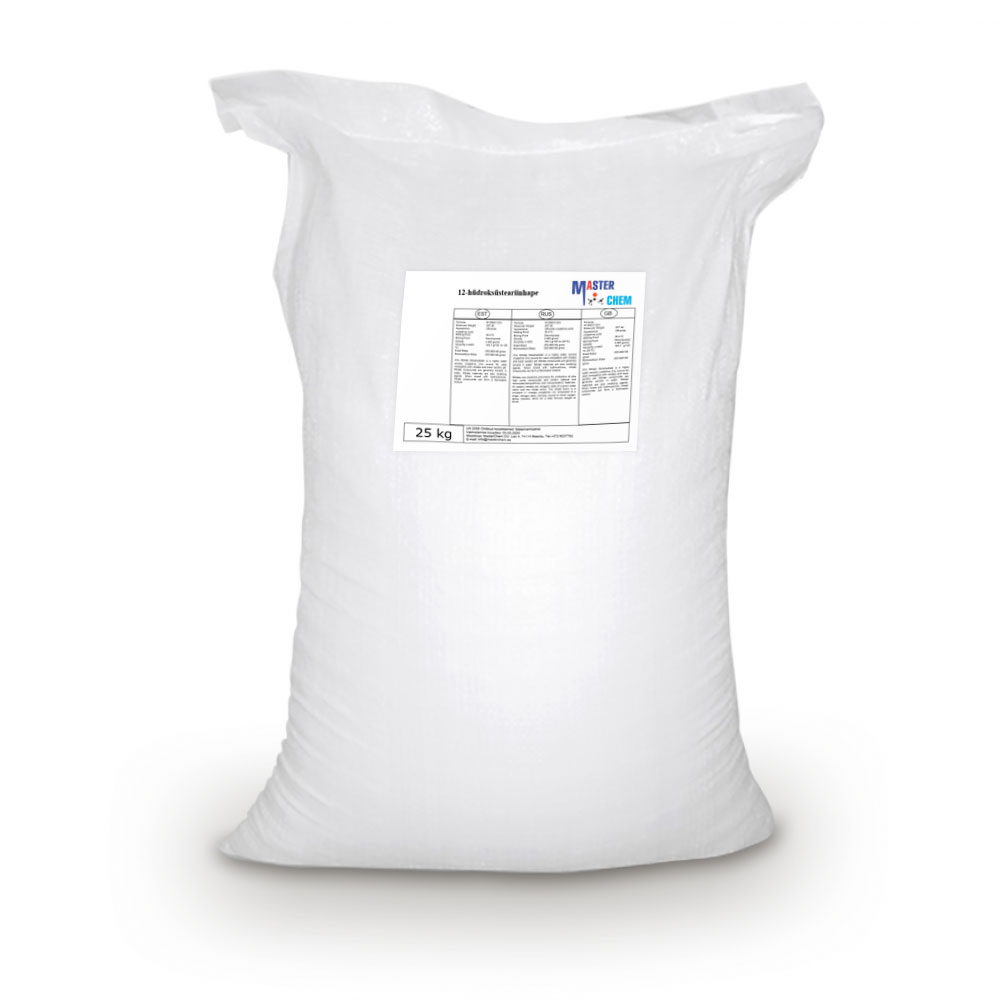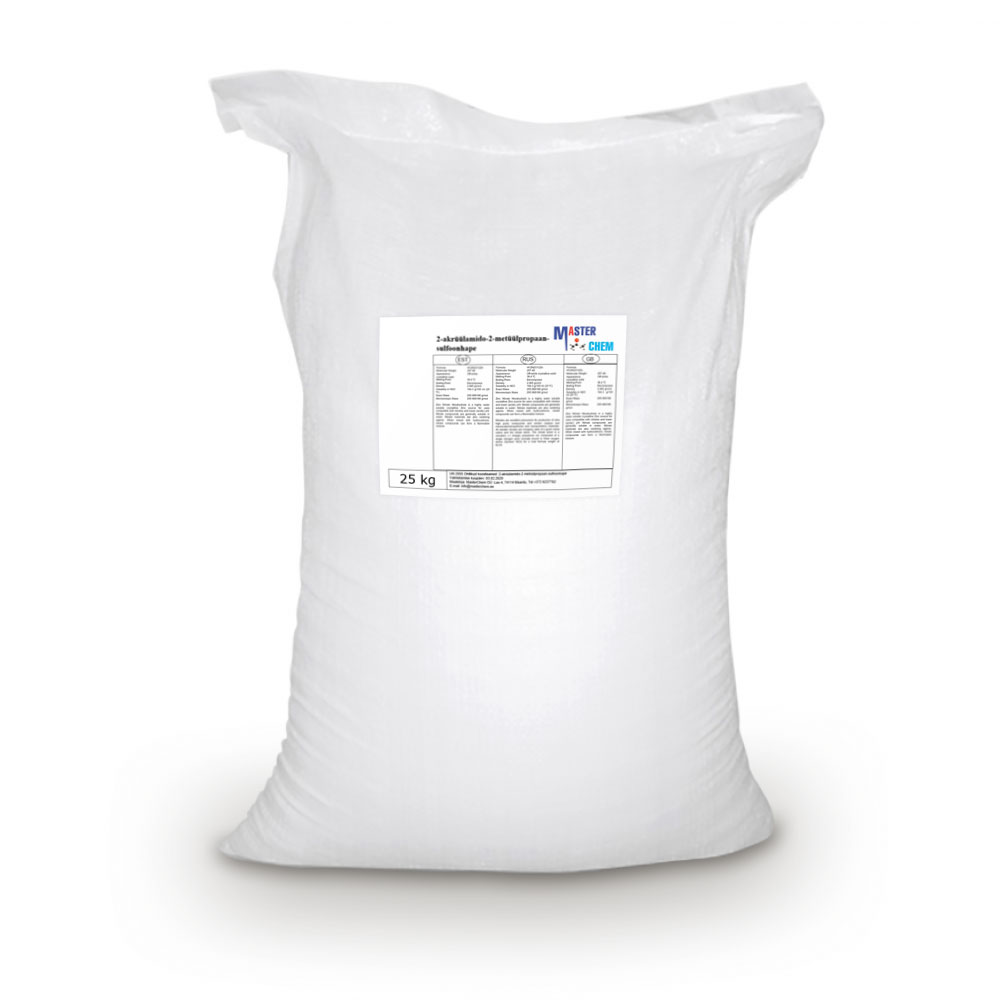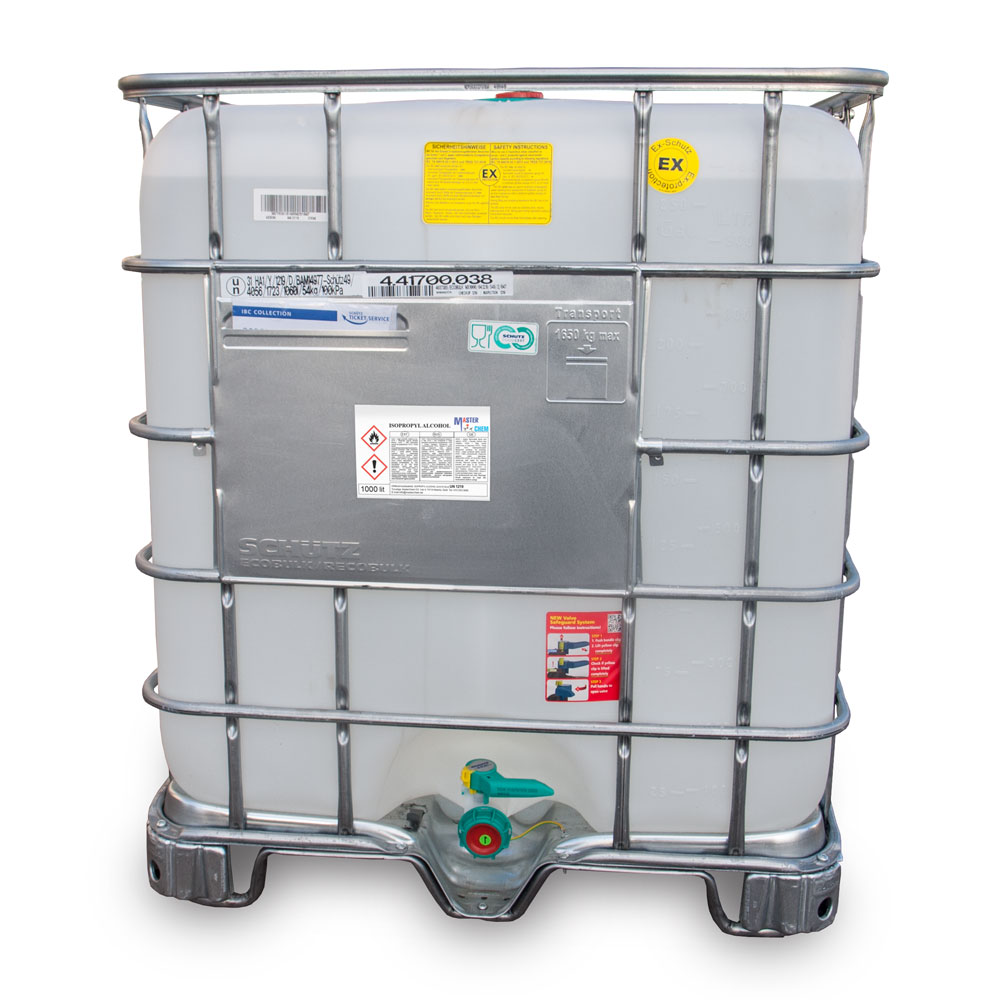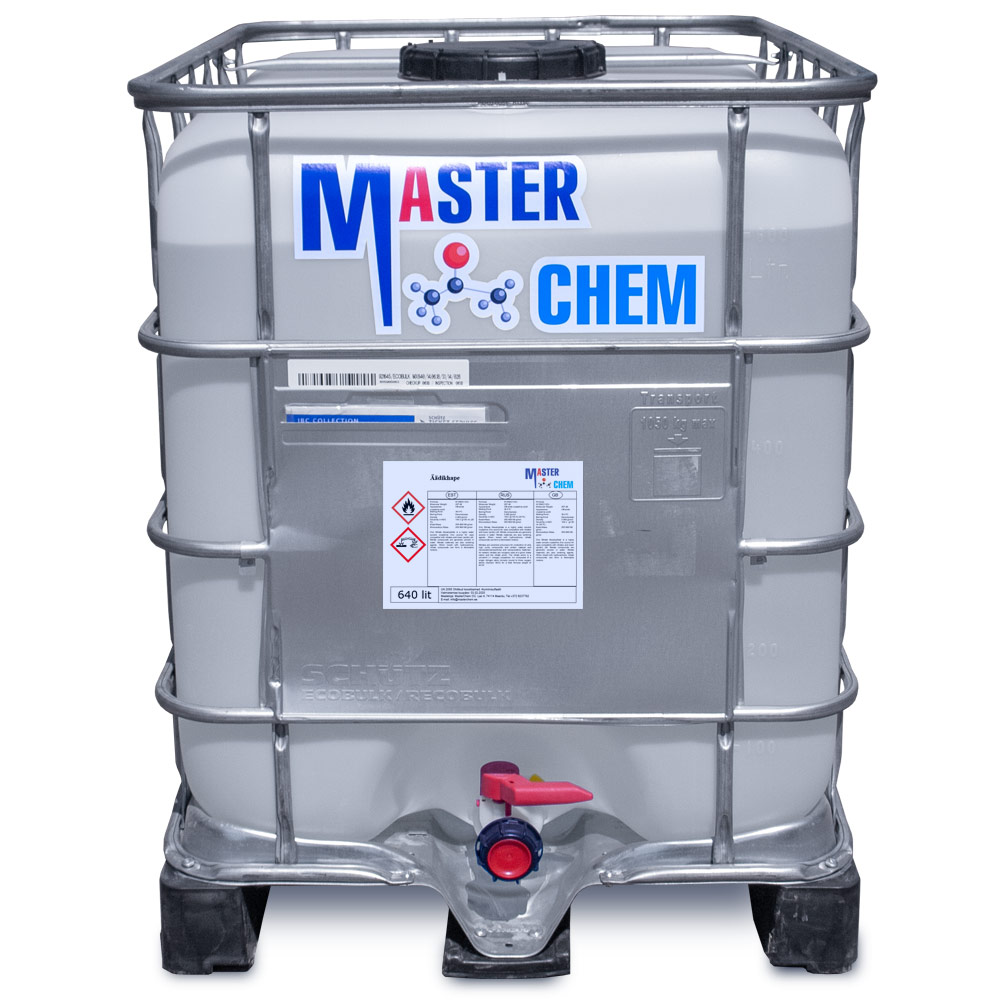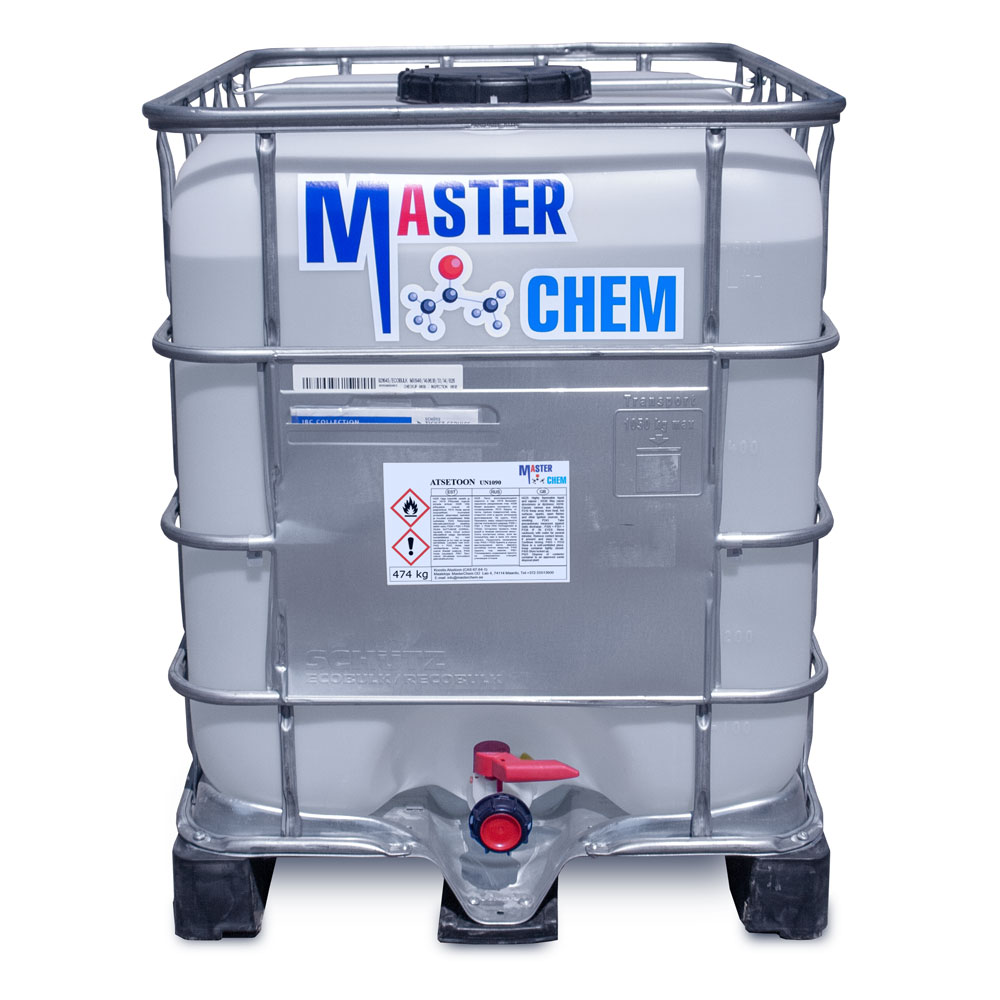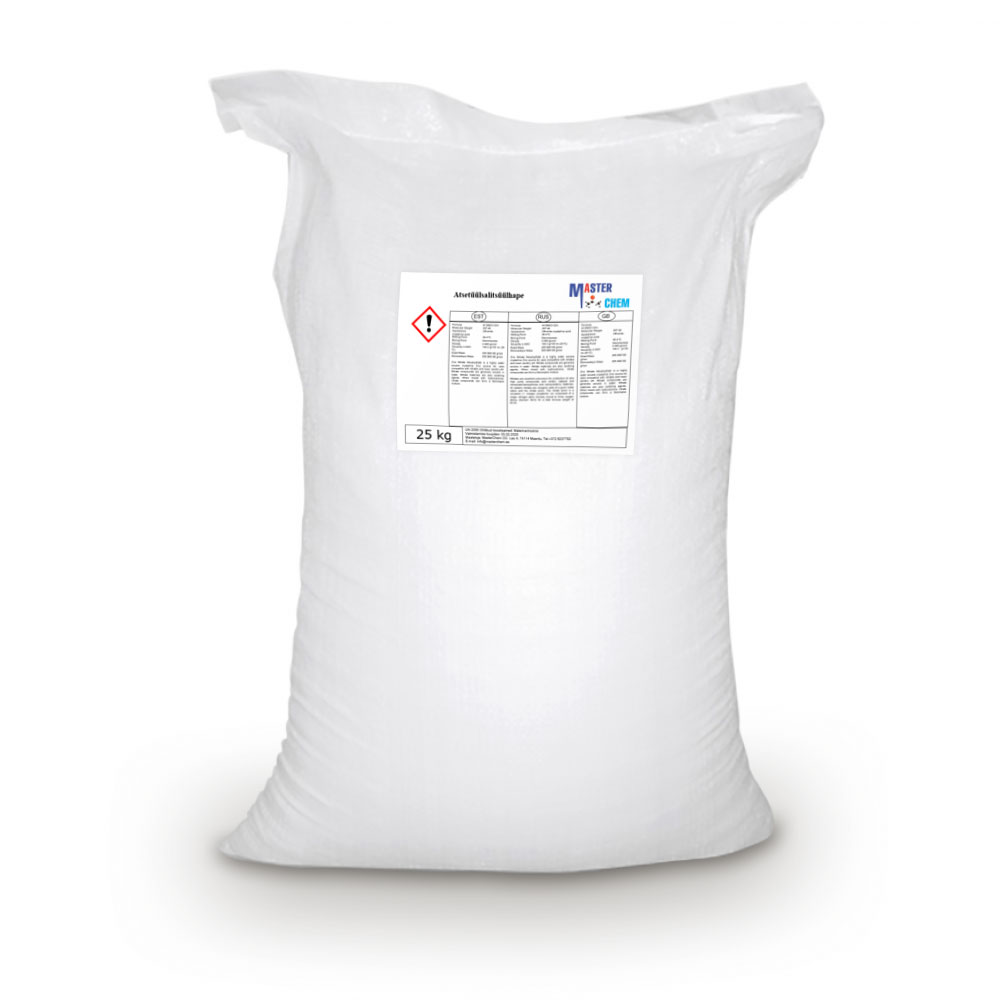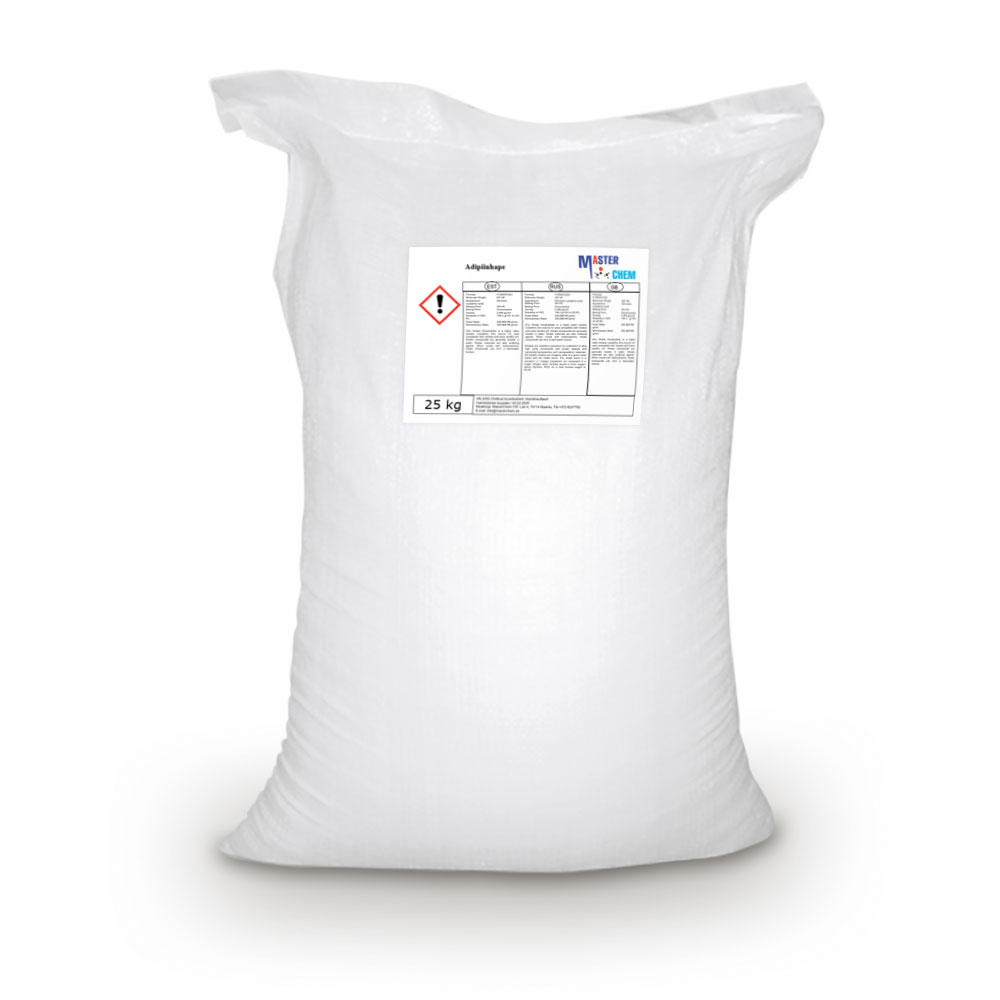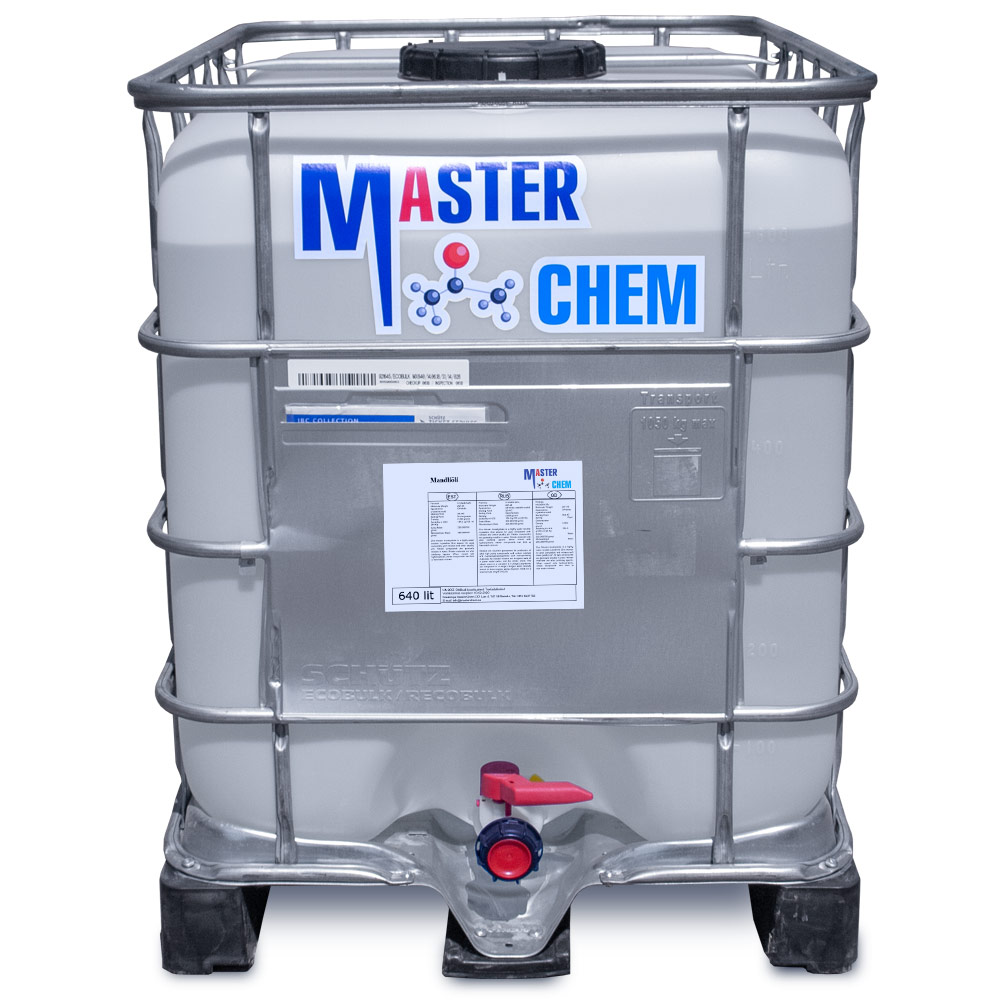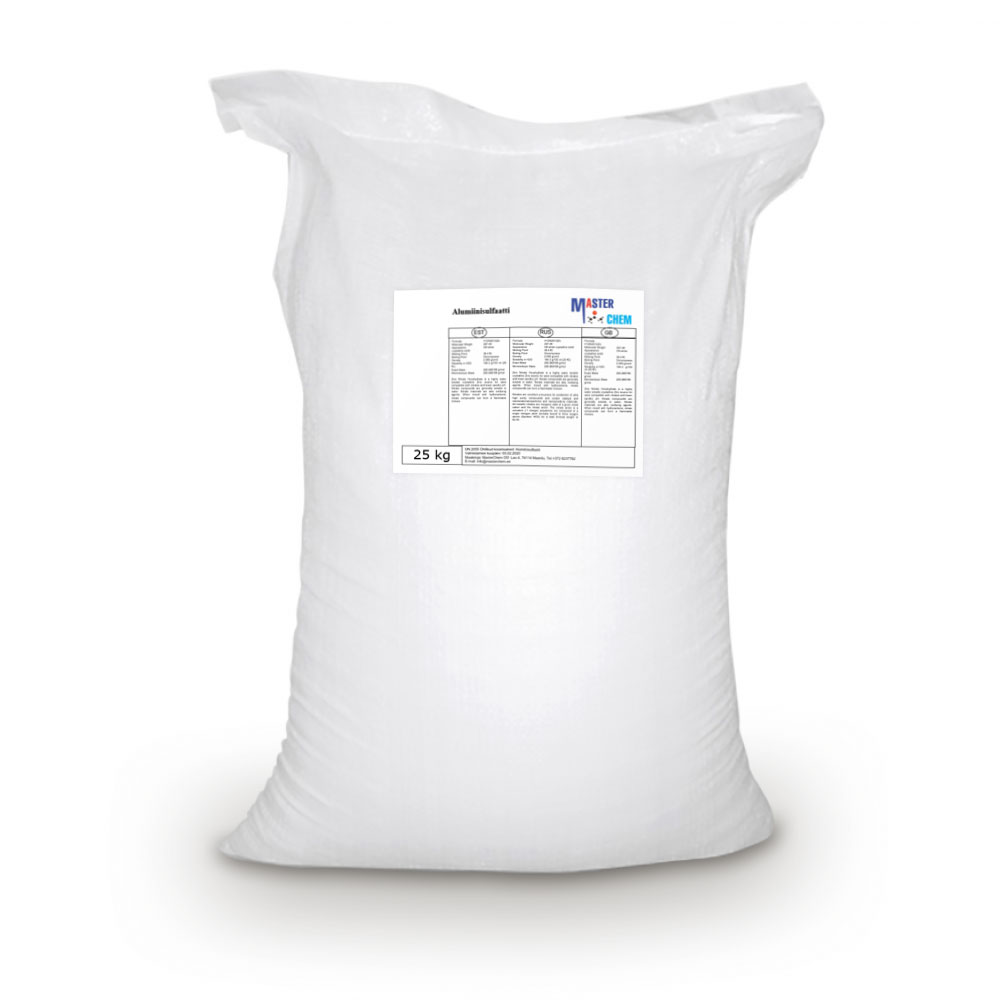Currently Empty: €0.00
1-Methoxy-2-propanol (CAS 107-98-2)
Other names: 1-methoxy-2-propanol, methoxypropanol, propylene glycol monomethyl ether
Description:
Methoxypropanol is a colorless, water-miscible liquid with a mild alcohol smell and medium volatility. Methoxypropanol mixes well with water and other organic solvents, dissolves many organic substances well, methoxypropanol can act as a substitute for many glycols (E-series).
Methoxypropanol is used as a solvent for printing inks: it provides good solubility for a wide range of resins, including acrylic, epoxy, alkyd, polyester, nitrocellulose and polyurethane.
CAS: 107-98-2
12-Hydroxystearic Acid (CAS 106-14-9)
12-Hydroxystearic Acid (CAS 106-14-9)
12-hydroxy stearic acid is one of many castor oil derivatives sold by Acme-Hardesty. Also known as 12-hydroxystearic acid and 12-HSA, it is used as a thickener for silicon grease, as a rubber activator/accelerator and in the manufacture of certain personal care products, among other applications. Use our product as a sustainable alternative to other emollients and thickeners. For more information about potential applications, please refer to the stearic acid wiki or contact an Acme-Hardesty representative directly.
Product Properties
12-hydroxy stearic acid is sold in flakes and packaged in 25kg bags and supersacks. It is available for purchase in our online store, or by contacting our office directly. Store our 12-hydroxystearic at ambient temperatures for up to two years without worrying about degradation.
2-acrylamido-2-methylpropanesulfonic acid (CAS 15214-89-8)
2-acrylamido-2-methylpropanesulfonic acid (CAS 15214-89-8)
2-Acrylamido-2-methylpropane sulfonic acid (AMPS) was a Trademark name by The Lubrizol Corporation. It is a reactive, hydrophilic, sulfonic acid acrylic monomer used to alter the chemical properties of wide variety of anionic polymers. In the 1970s, the earliest patents using this monomer were filed for acrylic fiber manufacturing. Today, there are over several thousands patents and publications involving use of AMPS in many areas including water treatment, oil field, construction chemicals, hydrogels for medical applications, personal care products, emulsion coatings, adhesives, and rheology modifiers.
Acetic Acid 50% (CAS 64-19-7)
Acetic Acid 50% (CAS 64-19-7)
Acetic acid, systematically named ethanoic acid, is an acidic, colourless liquid and organic compound with the chemical formula CH3COOH (also written as CH3CO2H, C2H4O2, or HC2H3O2). Vinegar is no less than 4% acetic acid by volume, making acetic acid the main component of vinegar apart from water and other trace elements.
Acetic acid is the second simplest carboxylic acid (after formic acid). It is an important chemical reagent and industrial chemical, used primarily in the production of cellulose acetate for photographic film, polyvinyl acetate for wood glue, and synthetic fibres and fabrics. In households, diluted acetic acid is often used in descaling agents. In the food industry, acetic acid is controlled by the food additive code E260 as an acidity regulator and as a condiment. In biochemistry, the acetyl group, derived from acetic acid, is fundamental to all forms of life. When bound to coenzyme A, it is central to the metabolism of carbohydrates and fats.
Acetic acid is a chemical reagent for the production of chemical compounds. The largest single use of acetic acid is in the production of vinyl acetate monomer, closely followed by acetic anhydride and ester production. The volume of acetic acid used in vinegar is comparatively small.
Acetylsalicylic Acid (CAS 50-78-2)
Acetylsalicylic Acid (CAS 50-78-2)
Aspirin, also known as acetylsalicylic acid (ASA), is a nonsteroidal anti-inflammatory drug (NSAID) used to reduce pain, fever, and/or inflammation, and as an antithrombotic. Specific inflammatory conditions which aspirin is used to treat include Kawasaki disease, pericarditis, and rheumatic fever.
Aspirin decomposes rapidly in solutions of ammonium acetate or the acetates, carbonates, citrates, or hydroxides of the alkali metals. It is stable in dry air, but gradually hydrolyses in contact with moisture to acetic and salicylic acids. In solution with alkalis, the hydrolysis proceeds rapidly and the clear solutions formed may consist entirely of acetate and salicylate.
Adypin Acid (CAS 124-04-9)
Adypin Acid (CAS 124-04-9)
Adipic acid or hexanedioic acid is the organic compound with the formula (CH2)4(COOH)2. From an industrial perspective, it is the most important dicarboxylic acid: about 2.5 billion kilograms of this white crystalline powder are produced annually, mainly as a precursor for the production of nylon. Adipic acid otherwise rarely occurs in nature, but it is known as manufactured E number food additive E355.
Allantoin (CAS 97-59-6)
Allantoin (CAS 97-59-6)
Allantoin is a chemical compound with formula C4H6N4O3. It is also called 5-ureidohydantoin or glyoxyldiureide. It is a diureide of glyoxylic acid. Allantoin is a major metabolic intermediate in most organisms including animals, plants and bacteria. It is produced from uric acid, which itself is a degradation product of nucleic acids, by action of urate oxidase (uricase).
Allantoin is present in botanical extracts of the comfrey plant and in the urine of most mammals. Chemically synthesized bulk allantoin, which is chemically equivalent to natural allantoin, is safe, non-toxic, compatible with cosmetic raw materials and meets CTFA and JSCI requirements. Over 10,000 patents reference allantoin.
Almond oil (CAS 8007-69-0)
Almond oil (CAS 8007-69-0)
lmond Oil is the oil of the bitter almond after the removal of hydro- cyanic acid. it is a colorless to slightly yellow liquid having a strong principally almond-like aroma. it is used mainly in the pharmaceu- tical and cosmetic industry and also as a food flavoring agent. Sweet almond oil is an emollient with soothing properties.
Almond oil is used therapeutically as an emollientand to soften ear wax. As a pharmaceutical excipient it is employed as a vehicle in parenteral preparations, such as oily phenol injection. It is also used in nasal spray, and topical preparations.Almond oil is also consumed as a food substance.
Aluminium hydroxide (CAS 21645-51-2)
Aluminium hydroxide (CAS 21645-51-2)
Aluminium hydroxide, Al(OH)3, is found in nature as the mineral gibbsite (also known as hydrargillite) and its three much rarer polymorphs: bayerite, doyleite, and nordstrandite. Aluminium hydroxide is amphoteric, i.e., it has both basic and acidic properties. Closely related are aluminium oxide hydroxide, AlO(OH), and aluminium oxide or alumina (Al2O3), the latter of which is also amphoteric. These compounds together are the major components of the aluminium ore bauxite.
Aluminium sulfate (CAS 10043-01-3)
Aluminium sulfate (CAS 10043-01-3)
Aluminium sulfate is a chemical compound with the formula Al2(SO4)3. It is soluble in water and is mainly used as a coagulating agent (promoting particle collision by neutralizing charge) in the purification of drinking water and wastewater treatment plants, and also in paper manufacturing.
It is sometimes used in the human food industry as a firming agent, where it takes on E number E520, and in animal feed as a bactericide. In the USA, the FDA lists it as “generally recognized as safe” with no limit on concentration. Aluminum sulfate may be used as a deodorant, an astringent, or as a styptic for superficial shaving wounds.


